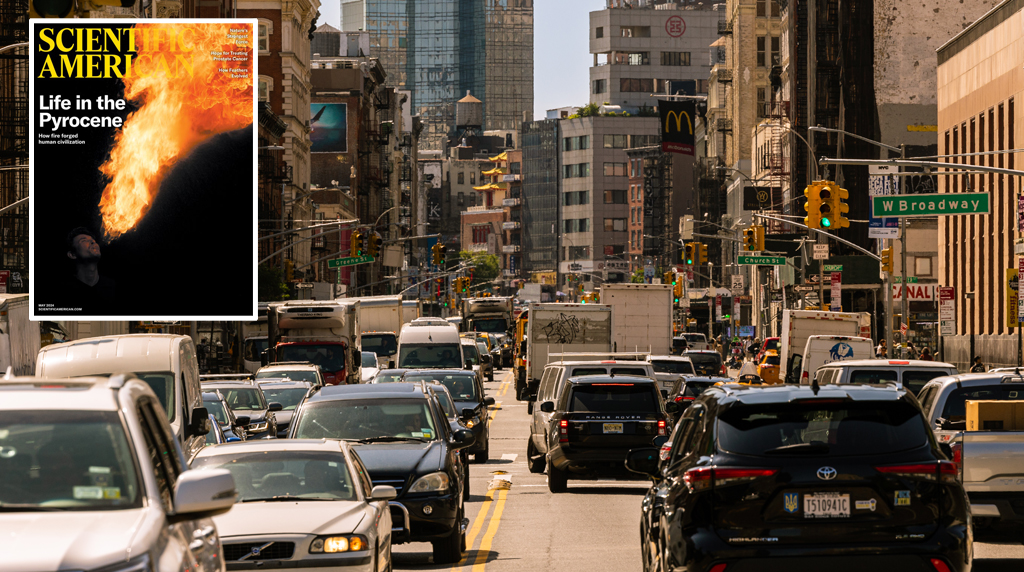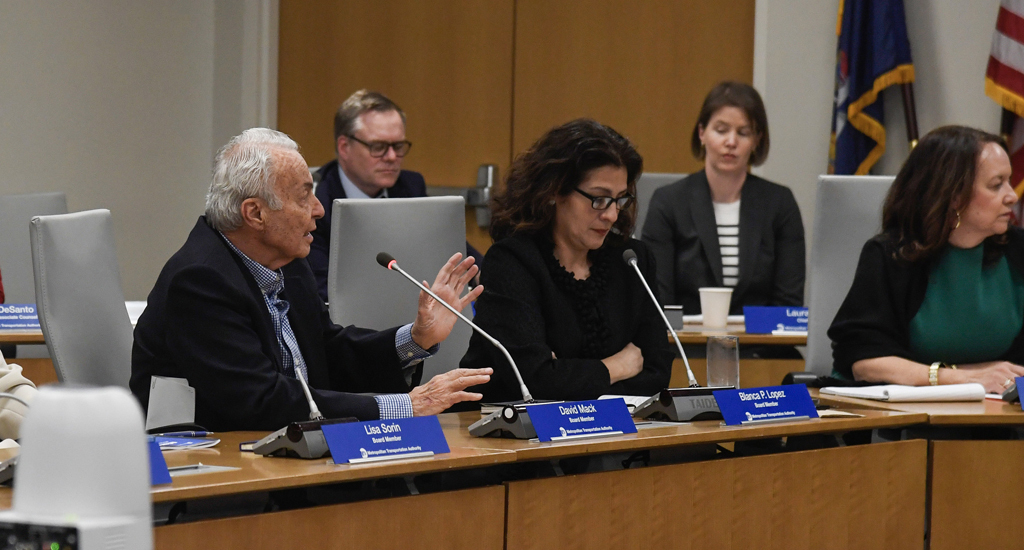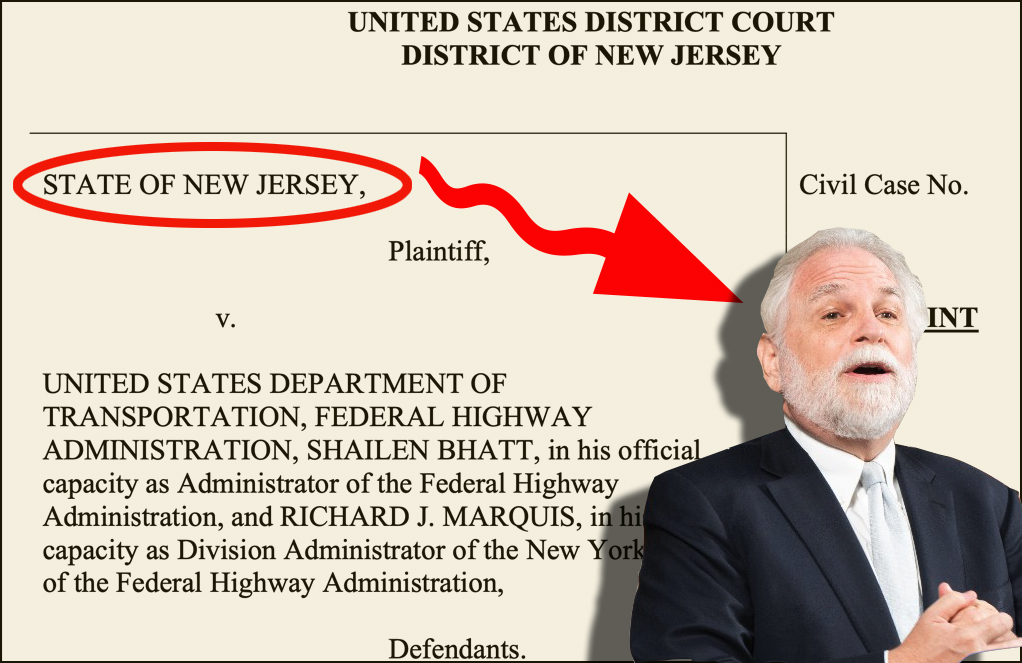How a Non-Profit Housing Developer Brought Safer Streets to the South Bronx
11:18 AM EDT on July 24, 2014
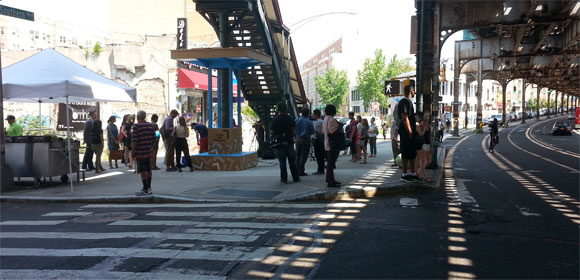
When the Women's Housing and Economic Development Corporation, known as WHEDco, was founded in 1992, the dark days of arson and abandonment in the South Bronx were still fresh in people's minds. The organization set out to build new housing in a devastated neighborhood -- and decided to take a broader view of community development by also looking at employment, nutrition, crime, and education. When WHEDco's latest development, Intervale Green, opened in Crotona East in 2009, its residents identified another major need: safer streets.
Intervale Green has 128 apartments for low-income residents, including 39 for families leaving the city's homeless shelters. WHEDco surveyed 450 nearby residents soon after Intervale Green opened to get a better sense of the neighborhood's needs.
Kerry McLean, WHEDco's director of community development, said traffic safety and crime came up as major concerns. Residents saw the elevated train above Southern Boulevard as a blight, with peeling paint and not enough lights at night. Cars were speeding, and residents did not feel safe walking home from the train.
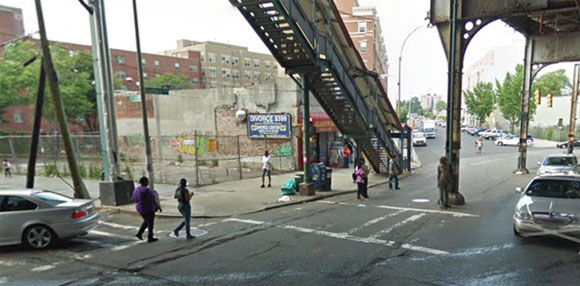
In 2009, WHEDco organized a meeting with residents, Community Board 3, the 42nd Precinct, and DOT to see what could be done. “Much to our amazement, they came," McLean said. “Community members actually felt like there was somebody who was listening to them who could make change.”
"We had all our meetings in the Intervale Green building, so we worked with them on this," said DOT Bronx Borough Commissioner Constance Moran. "They helped us scope out the islands, and the trees, and the benches, and all of that."
“People were surprised because it was one of the first times in a long time they felt that their voices were going to be heard," McLean said. “The Department of Transportation was not looking at streetscape issues in this neighborhood at all before we engaged them.”
Residents told city agencies what they wanted fixed, but McLean said things went quiet for a while before DOT came back to the community board in 2012. “DOT called me a year and a half later and said, ‘Kerry, the plan is ready,’ and I was like, ‘What plan?’” she recalled. “I was surprised, but pleasantly surprised.”
Louis Nine Boulevard, Intervale Avenue, and Freeman Street all went on road diets to cut rampant speeding. Giant pedestrian islands and curb extensions were added at angled intersections to shorten crossing distances and give more space for people waiting at a busy bus stop where Southern Boulevard meets Freeman Street [PDF]. Lights were added beneath the elevated train. The result: There are more people walking, speeding is down by as much as 71 percent on Louis Nine Boulevard, and traffic injuries have dropped 29 percent along the seven-block project area [PDF].
McLean sees the 2009 traffic safety meeting as a turning point for the local police precinct, as well. "They had, to our knowledge, not been engaging on traffic safety issues. Not with us, anyway," she said. "That event was definitely a watershed moment for them."
"This was a major racetrack over here before," said Officer Matthew Rey, a 17-year veteran of the 42nd Precinct. "Complaints of people speeding was a big problem for us, but that has pretty much been eliminated." (So far this year, the precinct has issued fewer than one speeding ticket a day, though that's up from last year.) Rey also credited new lighting underneath the elevated train with bringing out more people and lowering crime.
Next up: Getting the MTA to repaint the peeling elevated structure. Last year, WHEDco launched a petition of the MTA, as well as local elected officials. Nearby sections of the elevated train are being repainted now, and residents near Intervale Green anticipate their blocks getting a facelift soon, as well.
Yesterday, beneath the elevated train on a sidewalk that had been a car lane just a few years before, the latest improvement was added: a temporary installation with seating, solar-powered LED lighting, and a 24/7 stream of recorded music from Bronx-based artists. The project, called the Boogie Down Booth, was developed by the Design Trust for Public Space in partnership with DOT as part of the Under the Elevated initiative. Through September 15, people will be able to sit and listen to local music at this space reclaimed from cars.
Plans for two more Boogie Down Booth installations are in the works, with one at another site on Southern Boulevard and the other in Melrose, at the site of Bronx Commons, where WHEDco is planning a permanent home for its Bronx Music Heritage Center. Elton Avenue, Brook Avenue, and 163rd Street converge at Bronx Commons in a complex web, and McLean said traffic safety is bound to be an issue there as well.
After a press conference and hip-hop performance at the Boogie Down Booth yesterday, WHEDco founder and president Nancy Biberman spoke about how public space improvements fit into the bigger picture.
"People didn't want to come out and walk. The people you want to come out -- the people who have got the baby strollers and are going shopping, just trying to live normal lives -- didn't want to be out here, didn't want to walk, didn't want to bring their kids outdoors. And that's changing," Biberman said. "These things individually don't seem like much, but taken all together... It makes people more inclined to come out."
This post has been changed to correctly describe the role of the Design Trust and DOT in creating the Boogie Down Booth.
Stay in touch
Sign up for our free newsletter
More from Streetsblog New York City
Deal Reached: Hochul Says ‘Sammy’s Law’ Will Pass
The bill, though imperfect, has been four years in the making.
Komanoff: A ‘Noise Tax’ Can Ground NYC Helicopters
A proposed $400 “noise tax” on “nonessential” flights is a start — and it will work.
Thursday’s Headlines: Welcome to the War on Cars, Scientific American
Our favorite story yesterday was this editorial in an unexpected place. Plus other news.
Meet the MTA Board Member and Congestion Pricing Foe Who Uses Bridges and Tunnels For Free Every Day
Mack drives over the transportation authority's bridges and tunnels thanks to a rare perk of which he is the primary beneficent.
Randy Mastro Aspires to Join Mayor’s Inner Circle of Congestion Pricing Foes
The mayor's reported pick to run the city Law Department is former deputy mayor under Rudy Giuliani and notorious foe of bike lanes and congestion pricing.


